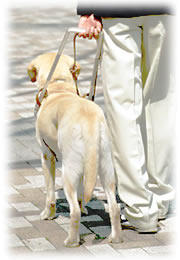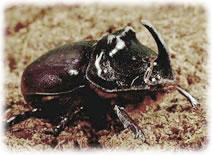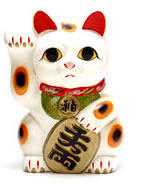What are the characteristics of a modern city? One of the most outstanding characteristics of a 21st century metropolis is the never ending bustle, the city that never sleeps. Though this may make the city an exciting and convenient place to be, there are its drawbacks, not the least of which is the pure exhaustion it may bring upon the human body.
Nevertheless the people in the community may appreciate being able to buy a carton of milk 24 hours a day, but when the products being sold are live animals - - -.
Yes, one of the issues in pet businesses that is increasingly gaining public attention is the emergence of pet shops with extraordinarily long business hours. Currently there are approximately 12000 pet shops in Japan that sell live animals.
Of these 23%, according to a government survey, keep their business open (puppies and all) after 7:00PM. Over 80% of these Shops operate at least 9 hours a day, and since a little under half open their businesses between 10:00 and 11:00 AM according to the same survey, it is pretty obvious that the puppies and kittens" stay up quite late ".
Though the Animal Welfare Law states that such businesses must keep animal suffering to a minimum by maintaining "reasonable" standards in terms of the length of display time and the levels of noise and lighting within the display facility, there is very little in terms of concrete restrictions which in turn can make enforcement a difficult thing to do. 16% of the shops stay open beyond 9:00 PM and some of these stay open till the wee hours of the morning.
In recent years there has been an alarming increase in these late-night businesses. Inspectors from private animal welfare charities have reported puppies and kittens kept under bright store lights and blaring back ground music, not to mention the unwanted attention the late night shoppers bestow on the poor exhausted creatures.
Needless to say many of these shops are located in downtown areas where people gather at night to wine and dine, which in turn means excited, slightly tipsy, noisy people frequenting the storefronts.
This may be a phenomenon unique to Japan where big cities are indeed "up all night". An animal welfare issue, most certainly yes. But on the other hand the slightly tipsy shoppers are more emotional, less likely to worry about their bank accounts, and thus much easier to persuade as a customer.
A crafty way of doing business- - - of course (and as usual) at the expense of the poor animal.






















